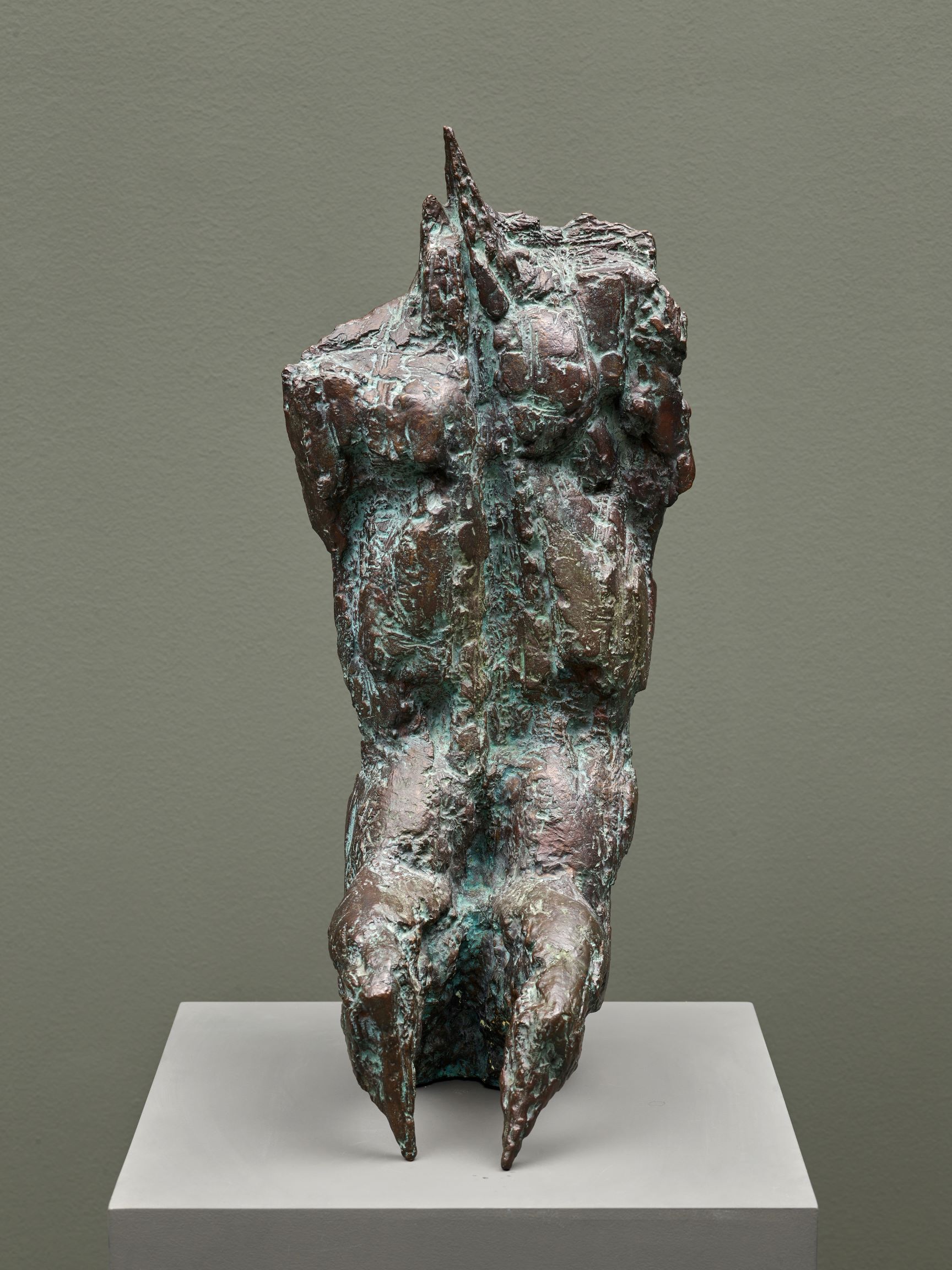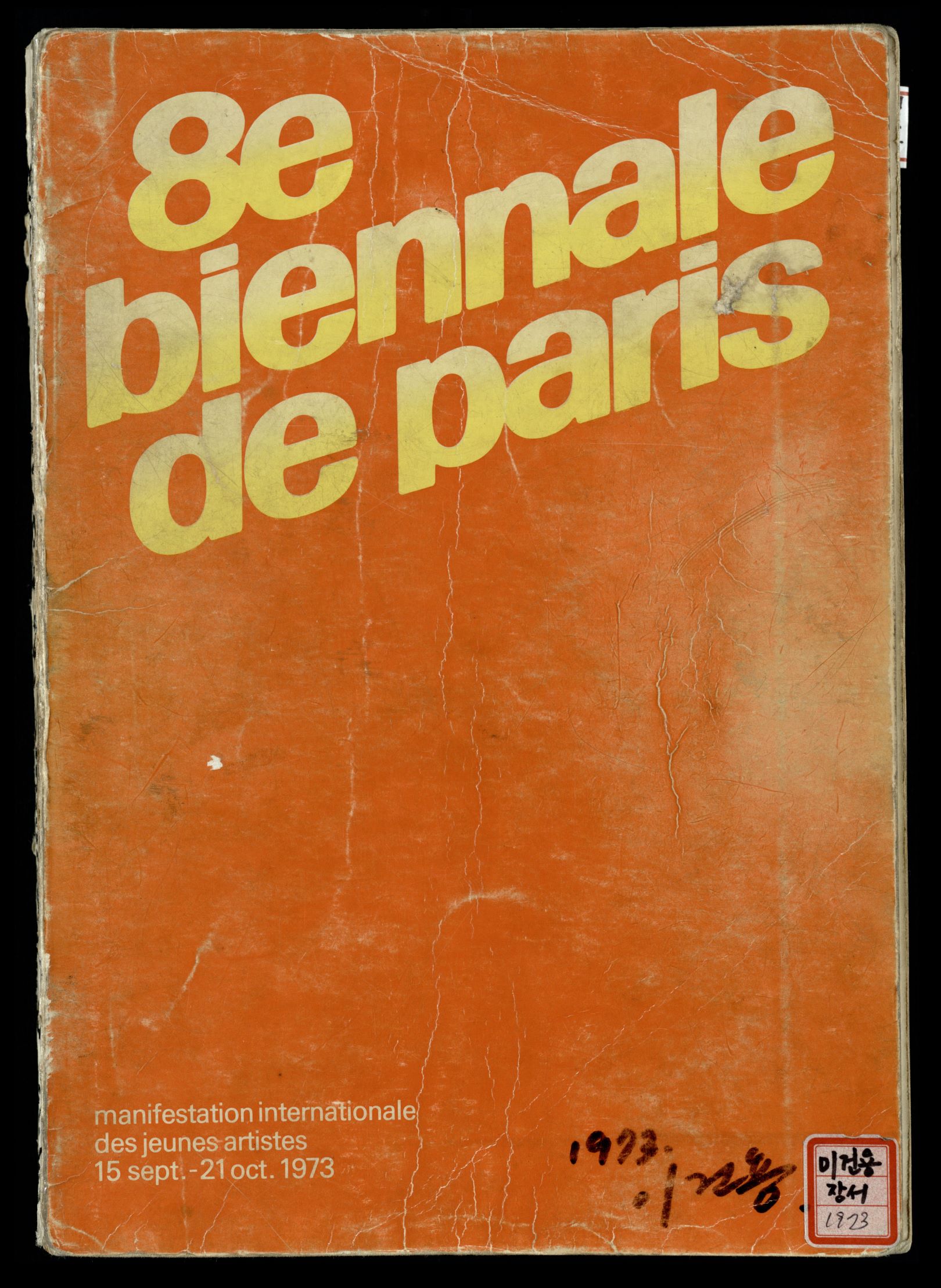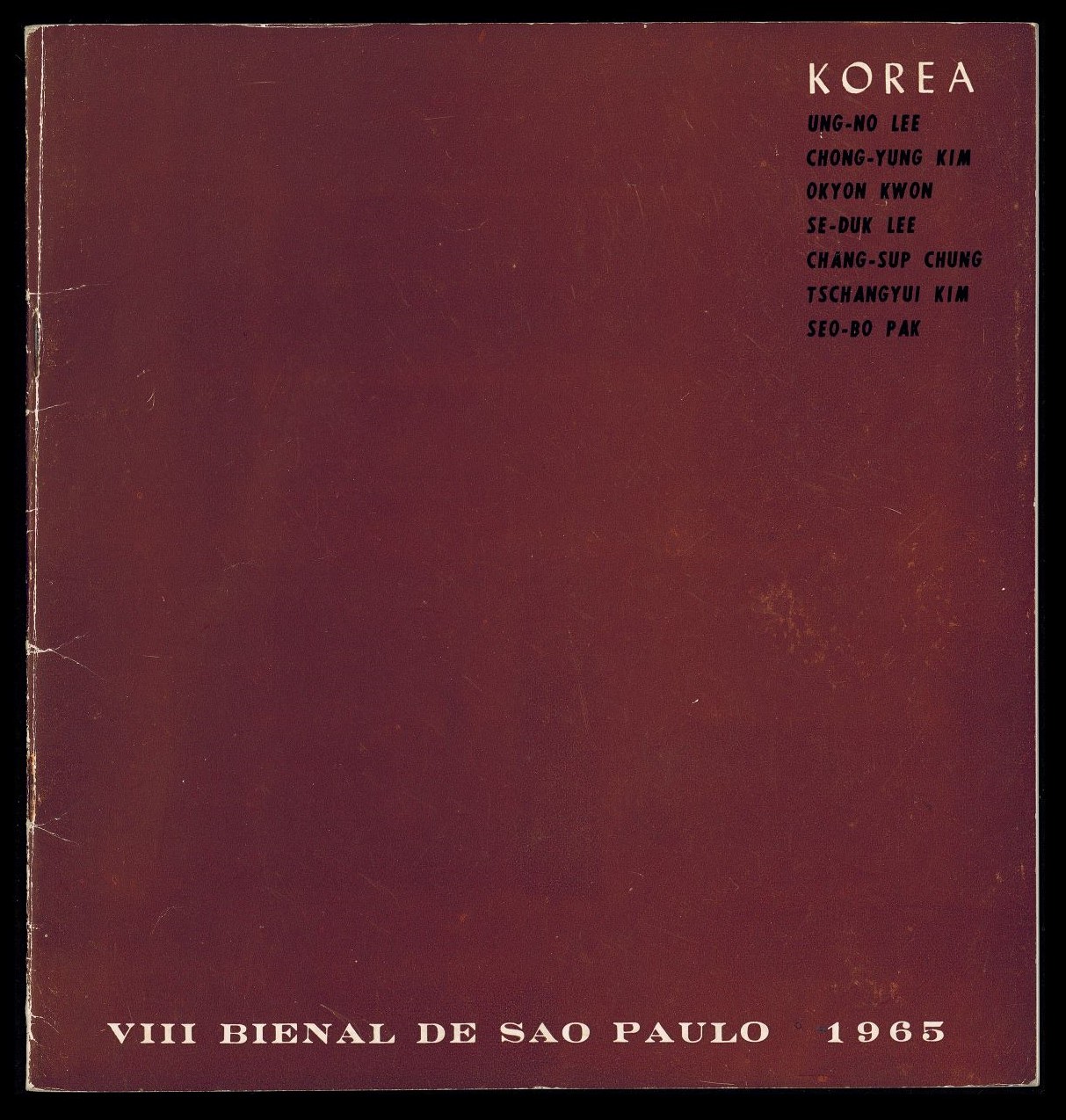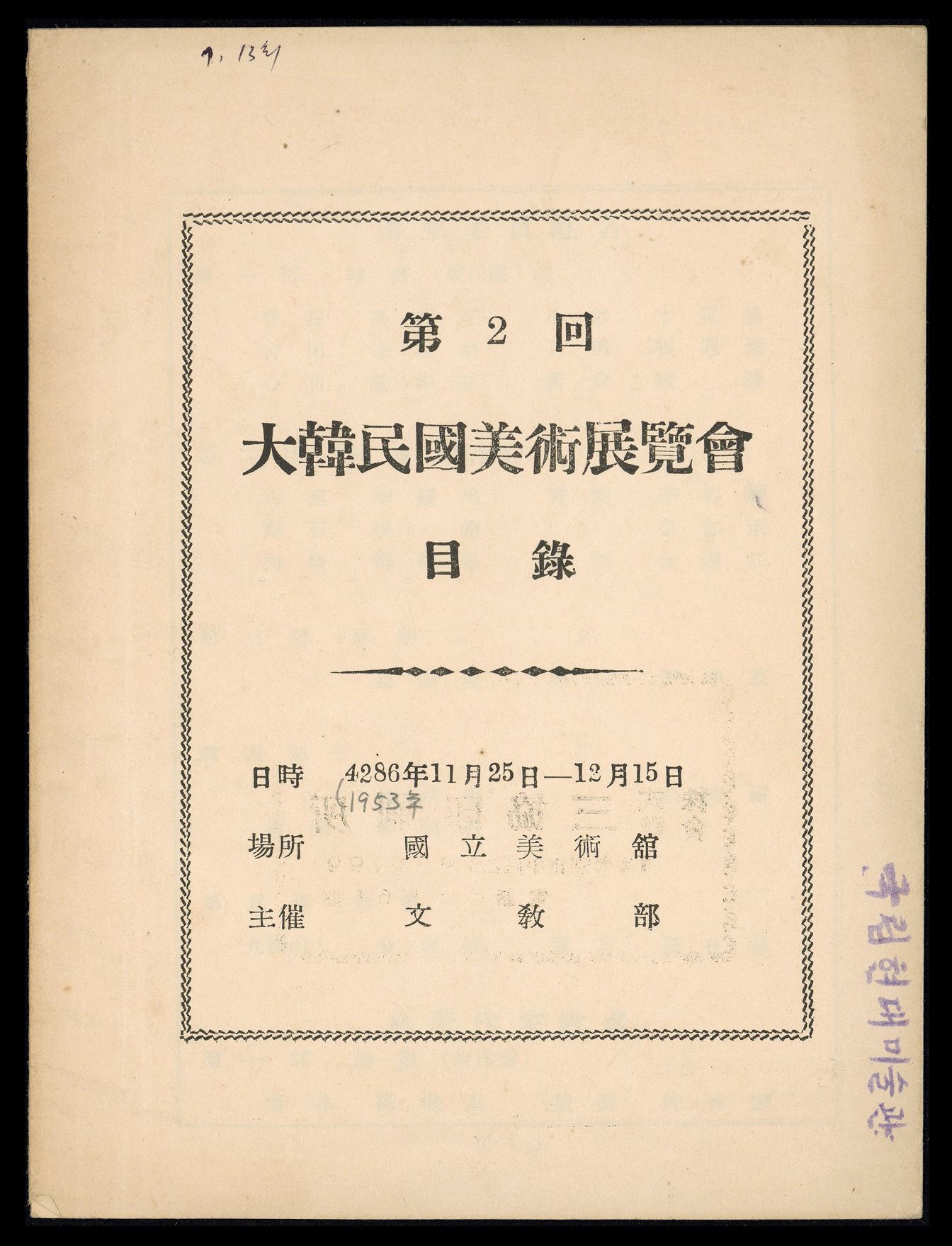
Choi Manlin, Eve 65-8, 1965, Bronze, 78x35x40cm. MMCA collection
Choi Manlin
* Source: MMCA
Related
-

Paris Biennale
The Paris Biennale was an international art exhibition held at the Musée d’Art Moderne de la Ville de Paris from 1959 to 1985. The exhibition only accepted works from younger artists aged 20 to 35. Artists could submit to different categories, such as painting, sculpture, print, and drawing as long their works were created within the four years prior to submission. Unlike other Biennales, the Paris Biennale did not award any prizes. Instead, the committee selected specific works from each genre and offered grants and exhibition opportunities to the selected artists. Korean artists were invited to the first Paris Biennale in 1959, but they only began to participate from the second Paris Biennale in 1961. The committee of the Hyundae Fine Artists Association (Hyeondae misulga hyeopoe), delegated by the Korean Minister of Education, selected participating artists, such as Chang Seongsoun, Chung Changsup, Cho Yongik, and Kim Tschang-yeul for the second; Park Seobo, Youn Myeungro, Choi Kiwon, Kim Bongtae for the third; and Chung Sanghwa, Ha Chonghyun, Jeong Yeong-il, Lee Yangno, Choi Manlin, Park Chongbae, and Kim Chonghak for the fourth. However, after the seventh Biennale in 1963, the Korean Artists Association (Hanguk misul hyeopoe) began to question the fairness of the selection process, and the committee began to invite public submissions from the eighth Biennale onward. The Paris Biennale became a new turning point for Korean artists of the 1960s Art Informel generation by providing an opportunity for them to experience and experiment with new styles.
-

Sao Paulo Art Biennial
The Sao Paulo Art Biennial is an international exposition which started in 1951. The Sao Paulo Museum of Modern Art was the main venue for the event until 1957 when it moved to Ciccillo Matarazzo Pavilion. The exposition has the second longest history next to the Venice Biennale, and shares similar features with Venice, regarding the commissioner system and the use of themed exhibitions. South Korea expanded cultural exchange programs within the program since diplomatic relations were established in 1959 and began to officially participate in the Biennales after 1963. Kim Whanki, the chairman of the board of the Korean Art Association, served as the first commissioner in 1959, and seven artists including Yoo Youngkuk, Kim Youngjoo, Kim Kichang, Yoo Kangyul, Han Yongjin, Suh Seok, and Kim Whanki himself, submitted works to the exhibition. Their art pieces were previewed at the Korean Information Service Gallery in Seoul between June 14 and June 16. Over the last 70 years, Kim Bokyoung, Seo Seong-rok, Kim Youngho, Yoon Jinsup, and Oh Sang-Ghil have all been appointed as commissioners to the Biennale.
-

National Art Exhibition
A government-hosted exhibition held 30 times from 1949 to 1981, also known by the shorter name Gukjeon. Following national independence, the exhibition was the primary means for young and emergent Korean artists to achieve recognition. The influence of the exhibition declined as a result of the emergence of non-figurative art during the 1970s, the increased opportunities for artists to participate in overseas exhibitions, and the rise of private exhibitions and galleries.






